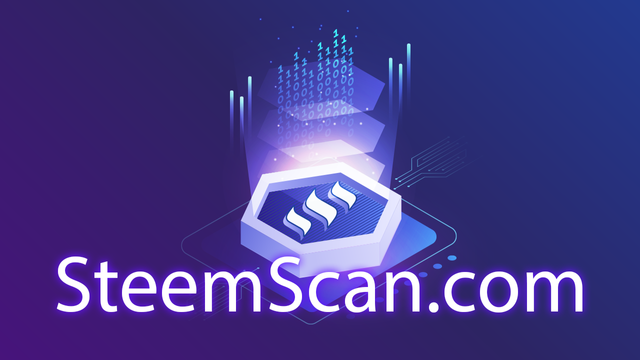Capital Asset Pricing Model
The capital asset pricing madel was originally developed to take account
of how the risk attached to an individual security will alter the riskiness of a portfolio of investments. However, as the model allows a company to calculate the return required by its providers of finance, it can also be used to estimate the company's cost of capital company's shareholders. The return will depend on how an individual It has never been easy to arrive at a figure for the return required by a shareholder views the risk attached to his investment in the company.
The higher the perceived risk, the higher will be the return demanded by the shareholder as compensation.
The capital asset pricing model attempts to calculate the return required from a security by splitting the return into two components i.e. a risk-free rate of return and a risk premium to compensate for the degree of risk. The actual risk premium is computed by substracting the risk free rate of return from expected rate of return on a market portfolio of investments and multiplying the difference by the B co-efficient. This co-efficient gives a measure of the volatility of the returns from individual security relative to the returns from the market. The higher the risk attached to a security, the greater will be the B co-efficient and hence the risk premium.
In order to appraise the worth of a security, an investor can estimate the appropriate level of risk and thus obtain a figure for the B co- effiecient. He can then use the model to compute the required rate of return from the security. By comparing the rate with the actual rate of return being given by the company, he can judge whether or not the investment is worth while.
The capital asset pricing model is based on the following assumptions. The risk attaching to a security is capable of being measured.
The risk free rate of interest is a meaningful concept. All investors perceive a particular security in the same way i.e.
estimates of the risks attached to and the returns required from the security are identical.
No investor is able to buy or sell a sufficiently large number of units of the security to materially affect its market price i.e. all investors are price takers.
All investors are able to lend or borrow at the same interest rate.
It should be realised that not all the above assumptions have to be completely satisfied before the model can be applied.
The capital asset pricing model can be used to estimate a firms' cost of capital by:
Obtaining values for the risk free rate of return and expected rate of return on a market portfolio of investment.
Estimating the B co-efficient of the firm.
Calculating the return required by a firm's provider of capital.

Visit our partner www.steemscan.com/convert
If you're looking for easy and fast way of converting STEEM to other major cryptocurrencies

One of the similarities between the high-risk market and jobs is that the riskier the job the more you have to pay, in other words the risk makes things more expensive.
Hmmm. That is well said
I think for investors, risk management and determining level of approximate risk are the two key factors and then the viability of product or asset being investes upon.
You have described the model well.
Thankyou so much @mandate :)
Yes. Risk Management is important.
Thanks for stopping by